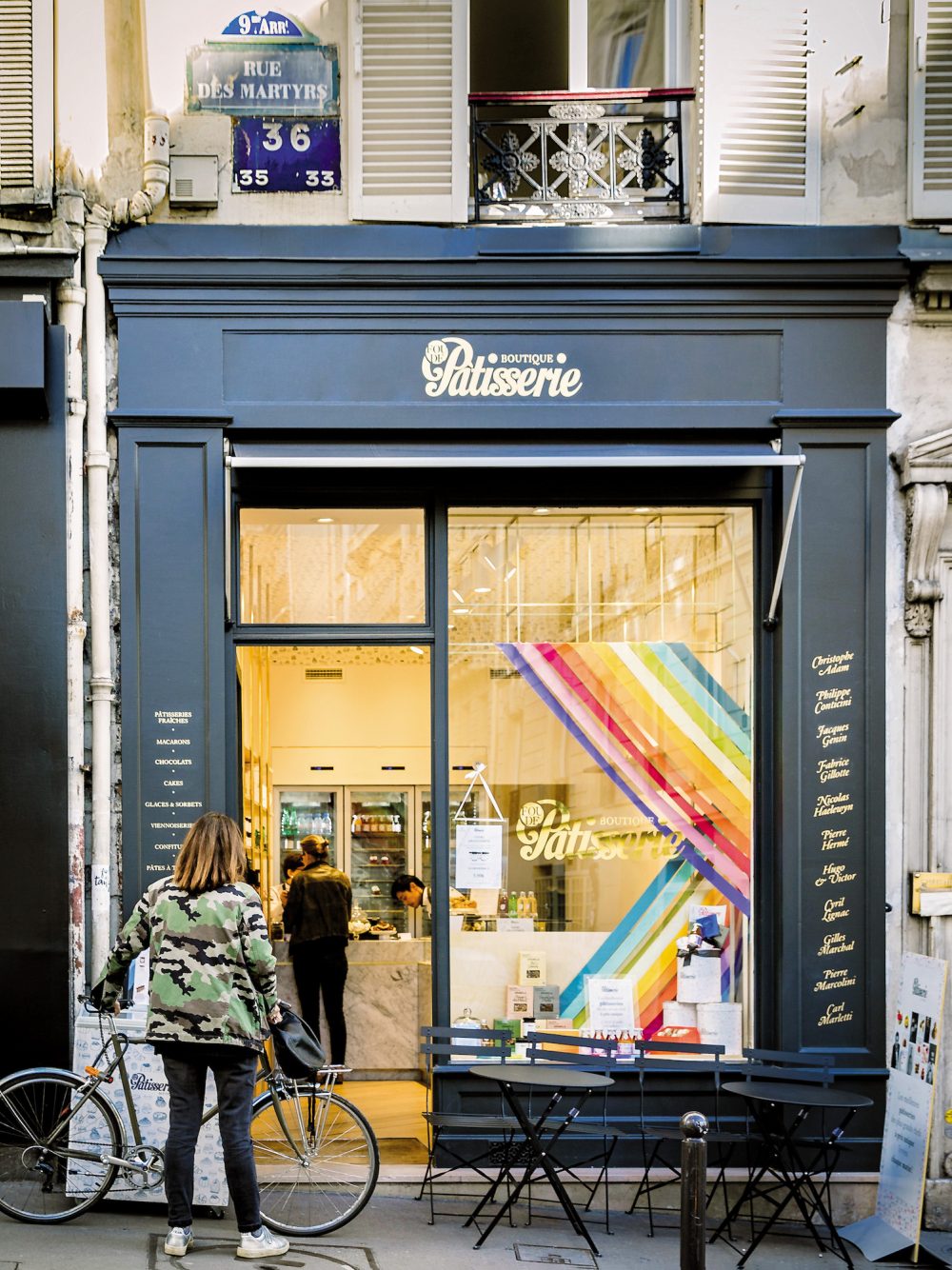Think of Paris, and your mind may quickly wander to the familiar sights—the Eiffel Tower, a crusty baguette and bottle of wine, the Seine. And alongside the Seine, a slim, effortlessly well-dressed woman, shopping bags in hand. In her first book, author Lindsey Tramuta urged us to ditch these first three images for the third-wave coffee shops, craft beer bars and banh mi shops shaping “The New Paris.” (Listen to her speak about the book here on Milk Street Radio.)
In her new book, “The New Parisienne: The Women and Ideas Shaping Paris,” she goes on to tear down the notion of the last image—an outdated stereotype that unjustly pigeon-holes and neglects the diversity of the real women of Paris. She introduces us to 41 visionaries who better reflect the facts on the ground—leaders in industries ranging from advertising to dining. In the process, she shows us their Paris, deftly combining travel guide with social activism in a book that feels like neither.
There’s journalist and activist Rokhaya Diallo who writes and speaks about race and identity in France, both at home and abroad. There’s Moko Hirayama, baker and co-owner of the acclaimed 11 arrondissement restaurant Mokonuts. There’s Muriel Tallandier and Julie Mathieu, editors of Fou de Pâtisserie who run a boutique by the same name.
Profiles range in style, but each captures the spirit of the subject, as well as the places she loves—the women-owned businesses, neighborhoods and restaurants. Because the one thing that the myth of the Parisian women does get right is that people and place are inextricably linked, perhaps especially so in Paris.
It’s not just that the chic, red-lipped, heeled-while-bicycling French woman is an unrealistic and incomplete picture, Tramuta says. It’s that it exhibits centuries of misrepresentation, dating back past the likes of Brigitte Bardot to philosopher Jean-Jacques Rousseau, who depicted a superficial, gaudy Parisian woman in his writing. This ingrained image of the French woman, who has been conflated with the Parisian woman, evolved slightly with the times, but it has always associated her with superficial interests.
Breaking down the stereotype was both a timely and personal undertaking for Tramuta, who first moved to Paris 13 years ago. As an American woman in her 20s, it was difficult to confront the unrealistic standard, as off base as it might have been. “I think I never quite knew where I belonged,” she says of her early days in the city. "Unlike other people who move to Paris and have an idea of the women, I didn’t come with any fantasy or expectation that I was going to transform myself or that I needed to. But it happened in more insidious ways.”
The stereotype was a weight she carried for years, but one she has happily since shed. Establishing herself as a writer, go-to resource and tour guide who focuses on the Paris you won’t find in the typical guidebooks, Tramuta found her professional footing in the city at the same time that social media was making it easier to find images that challenge the status quo.
She talks a lot about how advertising and media standards have maintained the myth of the Parisian woman, and she credits social media with presenting alternative images that reframe the conversation. “I started [following] people with different centers of interest and suddenly my perspective of different issues changed. With social media, you can be exposed to ideas you would have had to try much harder to seek out,” she says.
With the book, Tramuta makes it clear to all: The women of Paris—and the places they frequent—are world’s away from the myth.
For more from Lindsey Tramuta, watch her with Christopher Kimball on Milk Street TV.
Photo Credit: Joann Pai




